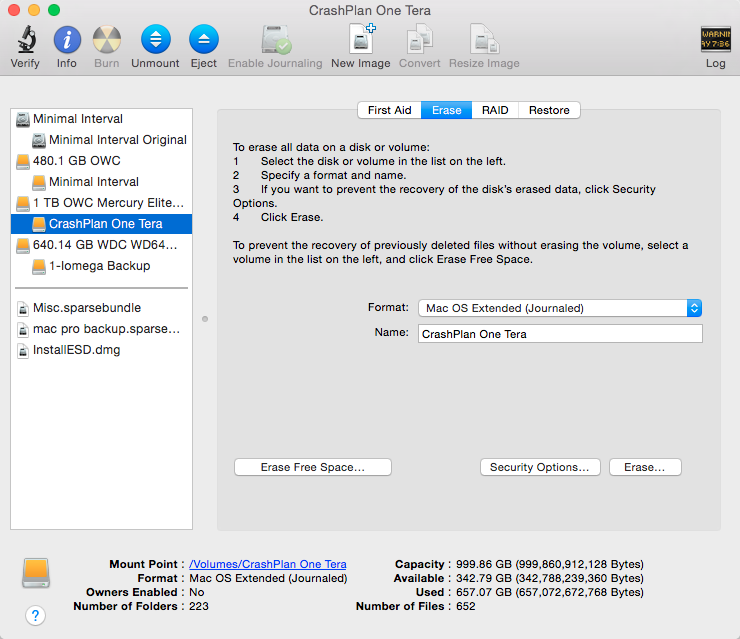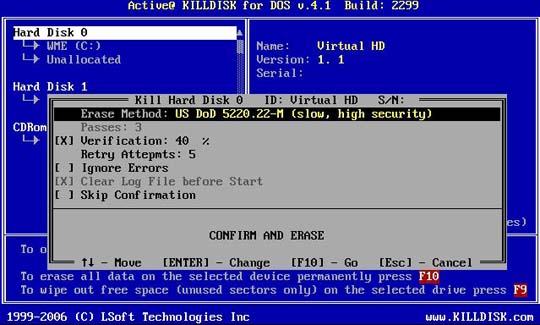
Boot from the wiping tool After exiting the BIOS, your computer should boot from the wiping tool you selected. Confirm that you want to save the changes and exit the BIOS. 
Look for a setting that says “Save Changes and Exit” or something similar. Save changes and exit After making changes to the BIOS settings, be sure to save the changes before exiting.Set the boot order so that the device containing the wiping tool is first in the boot order.

To change the boot order, look for a setting in the BIOS that says “Boot Order”, “Boot Sequence”, or something similar. This can be a USB flash drive, a CD or DVD, or a network boot image.
Change the boot order To wipe your hard drive, you need to boot from a bootable media that contains a disk wiping tool. To disable Secure Boot, look for a setting in the BIOS that says “Secure Boot” or “UEFI Boot”. Secure Boot is a security feature that prevents unauthorized operating systems from booting on your computer. Disable Secure Boot If your computer has Secure Boot enabled, you need to disable it before you can wipe the hard drive. Look for a setting that says “SATA Configuration”, “Drive Configuration”, or something similar. This may be located in a “Storage” or “Advanced” section of the BIOS settings. Locate the hard drive settings Once you’re in the BIOS settings, you need to locate the hard drive settings. Look for a message on the screen during startup that tells you which key to press to enter the BIOS. The process for accessing the BIOS varies depending on the manufacturer of your computer, but it usually involves pressing a key (such as F2, F10, or Del) during startup. Enter the BIOS To wipe your hard drive from the BIOS, you need to access the BIOS settings on your computer. 
You can backup your data to an external hard drive, a cloud-based storage service, or another computer on your network. This includes documents, photos, videos, and any other files that you want to keep.
Backup your data Before wiping your hard drive, it’s important to backup any important data that you want to keep. Here’s how to wipe a hard drive from the BIOS: 
This can be useful if you want to securely erase your hard drive before selling or disposing of it, or if you’re experiencing issues that require a complete wipe and reinstallation of the operating system. Wiping a hard drive from the BIOS is a process that involves erasing all data from the hard drive at a low-level, including the operating system, partitions, and all data stored on the drive.








 0 kommentar(er)
0 kommentar(er)
